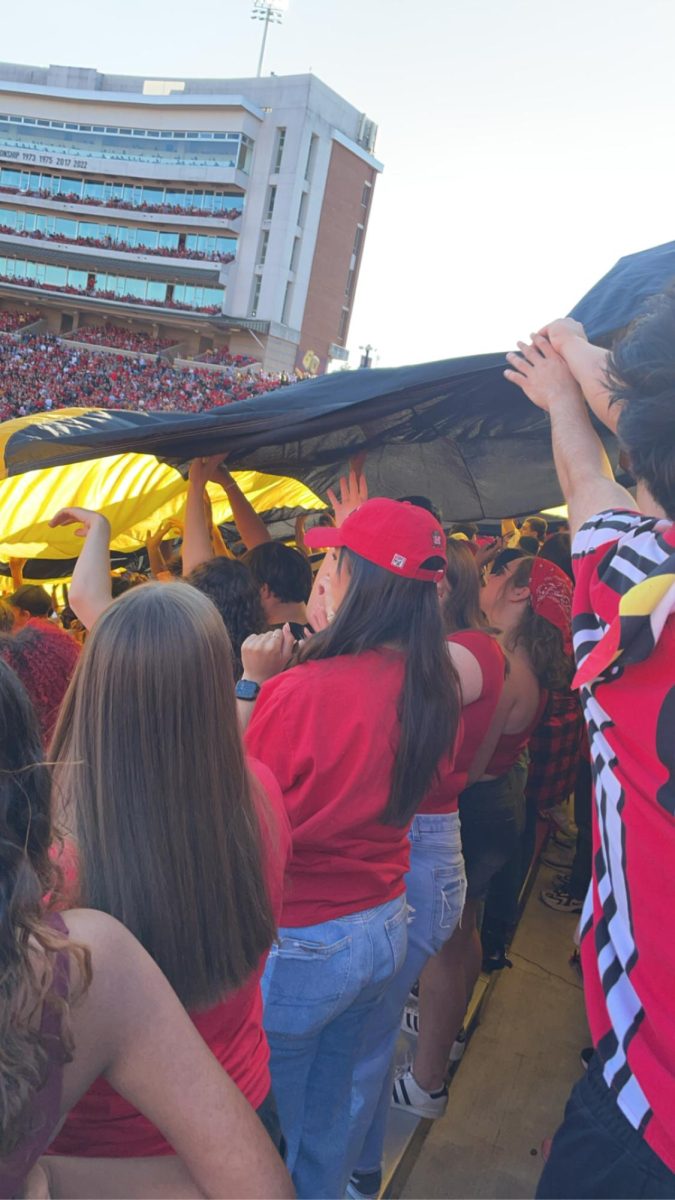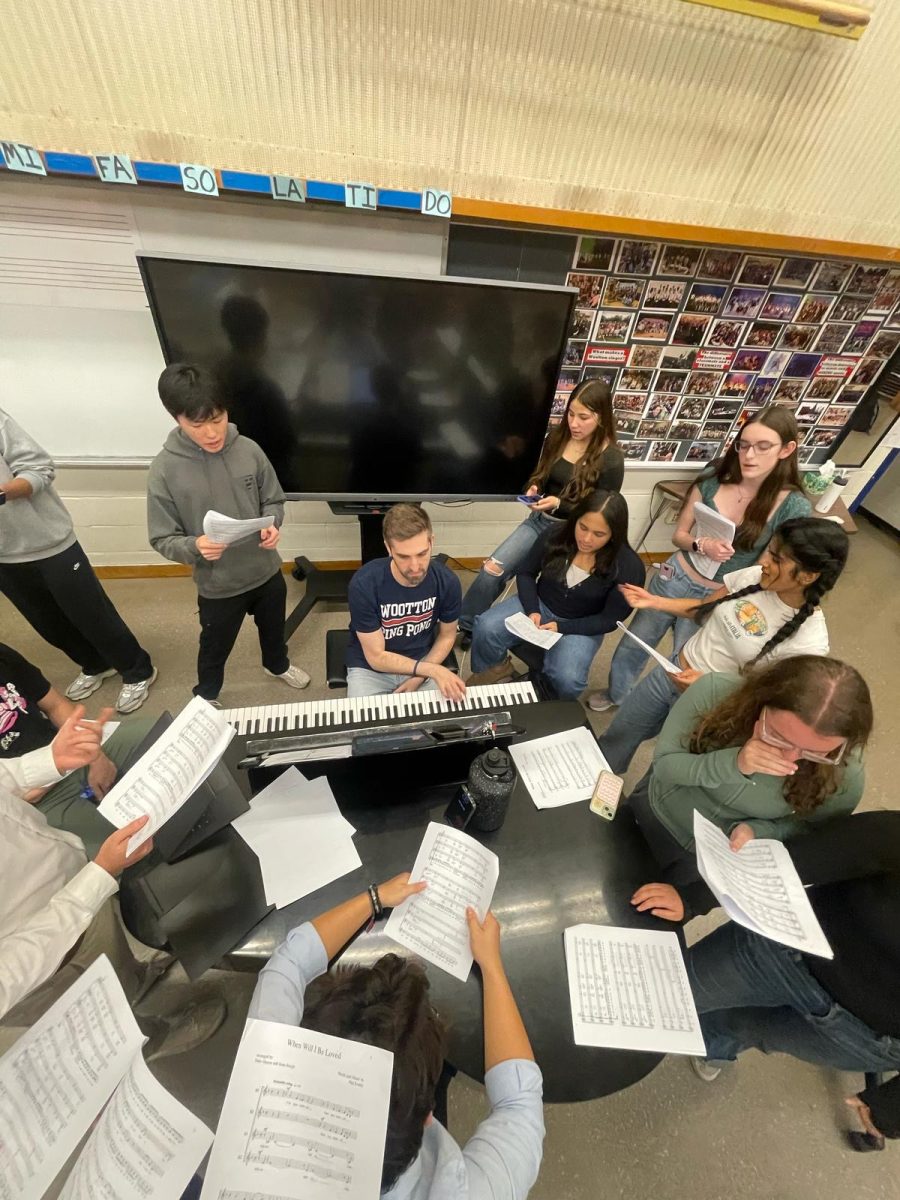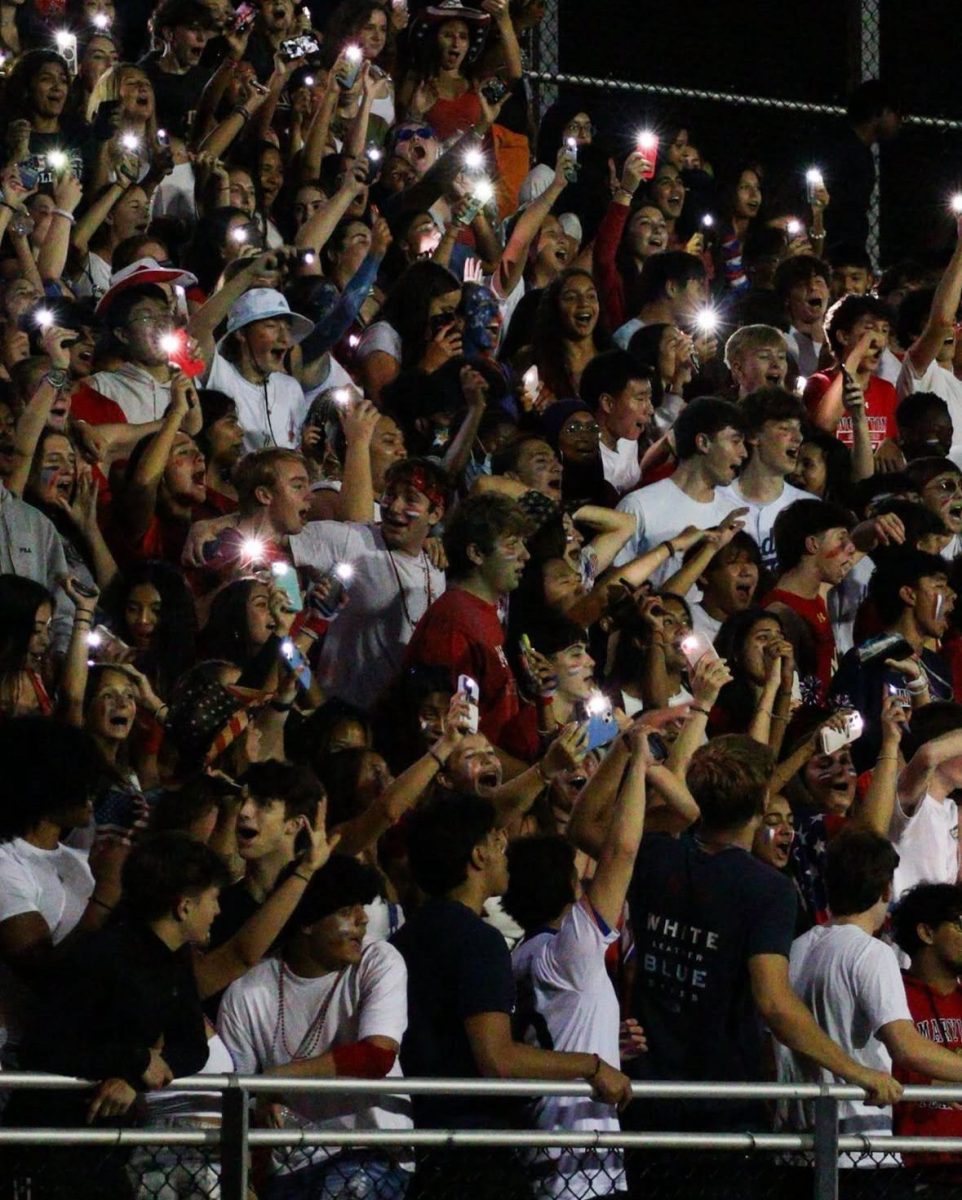Everyone’s heard the term “student-athlete,” with “student” coming first. What would change if the word “human” came first?
Actions mean more than words, and the actions of big schools around the country related to conference realignment are harming student-athletes. Conference realignment is when schools move conferences. It tends to be financially motivated, however, other factors could play a role.
Of course, conference realignment affects the play on the field or court, but I want to focus on the impact it has on students’ mental health and academics. According to a 2021 study in the Journal for the Study of Sports and Athletes in Education, Big Ten football players reported how they struggled to complete homework and schoolwork due to the excessive travel they had during the football season. For reference, that was in 2021, and now in 2025, some Big Ten teams have to travel all the way to UCLA or USC, which is significantly farther than the schools they traveled to in 2021. If travel was a problem then, it must be even worse now.
As a reminder, football players only play one game a week; other sports like baseball play multiple games. For example, in 2025, Maryland baseball had a week span with five games, at Penn State, JMU and then Minnesota. Essentially, for a full week, the team likely wasn’t even on campus once. This means that they couldn’t have gone to class once. For people who are supposed to be students first, why is their university forcing them to miss class for a whole week?
It’s hard for students to get good grades without being in class or even on campus. Poor academic performance can also cause mental health issues, according to Mental Health Center Kids. This is a long chain, beginning with conference realignment and ending with mental health concerns. It’s time that colleges realize their main purpose, to educate kids and prepare them for their future. The main purpose of colleges and universities is not money, or at least it shouldn’t be. Athletes are human beings, and the fact that so many big universities don’t see them as so is ridiculous.
When college sports were first introduced, conferences were region-based to minimize travel. They did that for a reason. And sure, you could argue that back then they didn’t have technology, so they really couldn’t do anything when on the road, but even with technology, student athletes are not given a fair playing field with other students. According to the NCAA, only 1.5% of college football players go pro, so why are almost 100% of them prioritizing the sport instead of their academics?
Unfortunately, the solution isn’t simple in any way; most of these big schools are locked into deals with their respective conferences for years, which means moving to more region-based conferences isn’t realistic. At this point, all that can be done is small steps, but small steps are better than no steps. Schools and conferences need to revisit scheduling in order to ensure students are at their home campuses as much as possible. Student-athletes aren’t just students first, but humans. They’re someone’s son, or daughter, or friend, or lover, and it’s time schools start treating them as so.






![The 2025-2026 Editorial Board Alex Grainger, Cameron Cowen, Helen Manolis, Emory Scofield, Ahmed Ibrahim, Rebekah Buchman, Marley Hoffman, Hayley Gottesman, Pragna Pothakamuri and Natalie Pak (Chase Dolan not pictured) respond to the new MCPS grading policy. “When something that used to be easy suddenly becomes harder, it can turn [students’] mindset negative, whereas making something easier usually has a better impact. I think that’s where a lot of the pushback comes from. But if you put emotions aside, I do think this change could help build stronger work ethic,” Ibrahim said.](https://woottoncommonsense.com/wp-content/uploads/2025/09/fqr5bskTXpn0LRQMmKErLuNKdQYBlL726cFXBaWF-1200x900.jpg)

